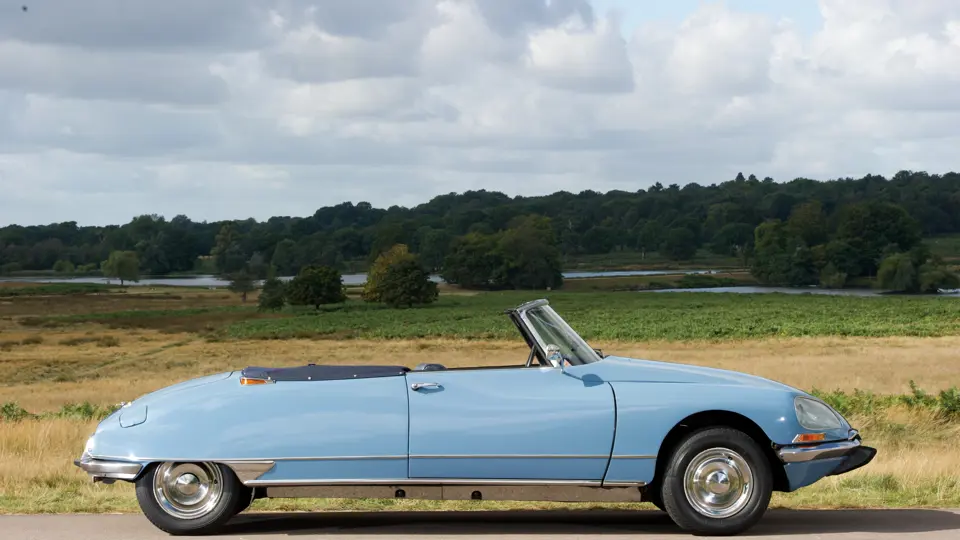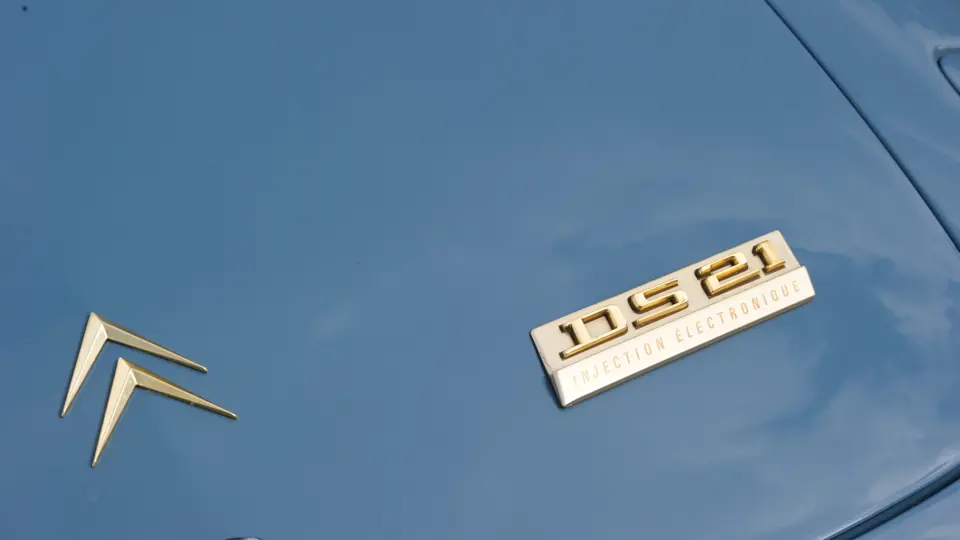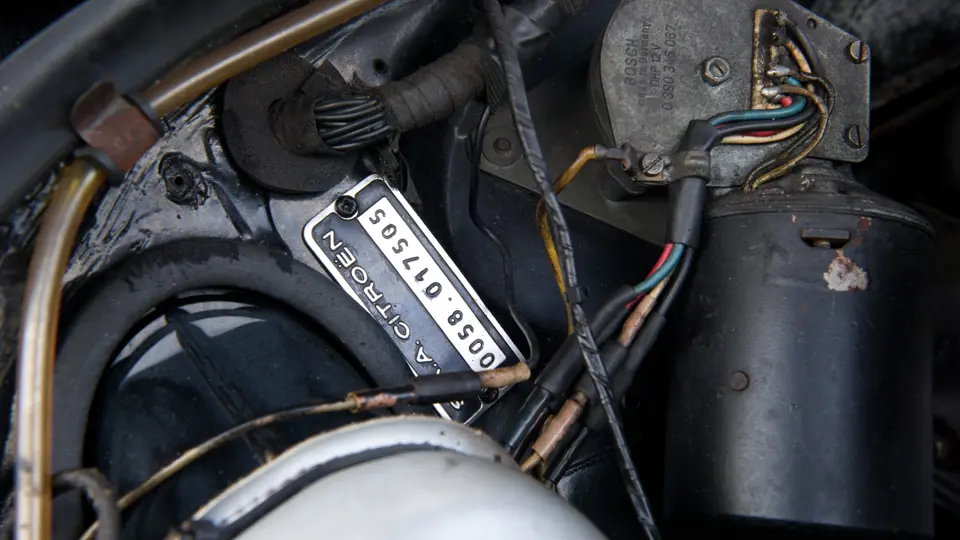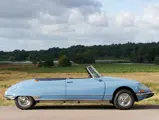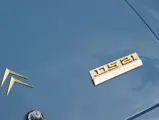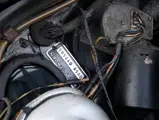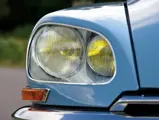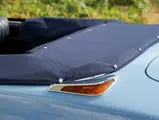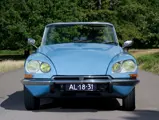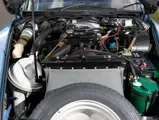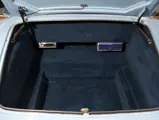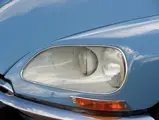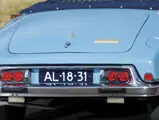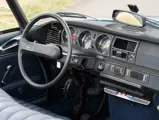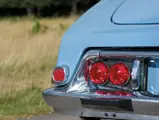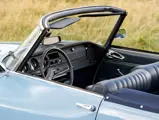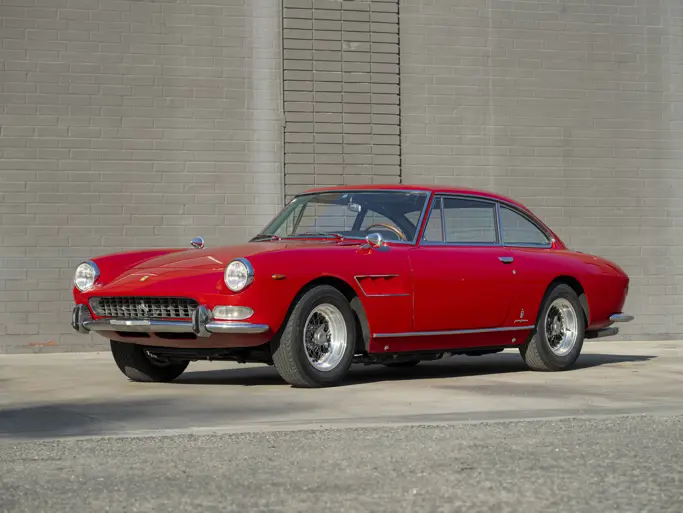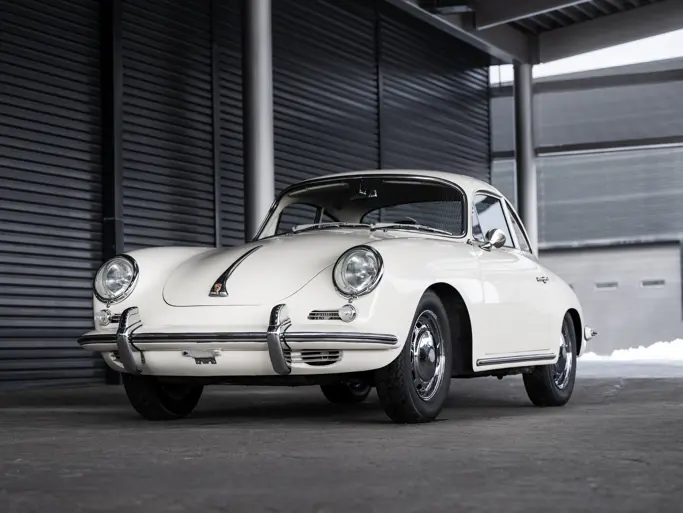139 hp, 2,175 cc OHV four-cylinder engine, Bosch fuel injection, five-speed manual transmission, front and rear independent, adjustable, and self-levelling suspension by hydraulic pump and nitrogen spheres, and front inboard disc brakes and rear drum brakes. Wheelbase: 123 in.
• Fully restored from the ground-up by marque experts
• Rare electronic fuel injection and five-speed transmission
• Meticulously maintained in the Haut-Garonne area of Southwest France
Used by everyone from the humble cabbie to the president himself, the Citro?n DS is an icon, and the Decapotable ranks among its most sought-after variants. Designer Flaminio Bertoni planned a convertible when the DS19 was launched in 1955, but teething troubles put the brakes on the idea. Many of the 80,000 buyers who placed orders at the show were still waiting two years later.
The DS19 relied on a complex, integrated hydraulic system to control the suspension, steering, gearshift, and brakes. Critical tolerances were at the limits of available tooling, and mechanics were baffled, especially when workshop manuals were delayed. However, the DS' rigid box chassis and unstressed skin meant a convertible was an attractive possibility, and coachbuilder Chapron stepped forward. His “La Croisette” cabriolet, named for the promenade in Cannes, appeared in 1958. Citro?n wouldn't sell Chapron separate chassis, so he was reduced to buying complete cars and dismantling them. Even after the firm relented and had Chapron build “Usine”, or factory cabriolets in 1961, he continued making his own customs.
In all, there were 1,365 factory cabriolets built: 770 DS19s, 483 DS21s, and 112 ID19s. Never common, the popularity of the cabriolet has never waned. Citro?n was still receiving orders long after official production ceased in 1971, with the last car completed in 1978. The cabriolets were outfitted in the height of luxury. There were 15 paint choices, 13 shades of leather upholstery, and three carpet colours, allowing more than 76 possible combinations. Engines ranged from 66 horsepower at first, to 141 horsepower. Despite apparent similarities with the sedans, there are critical differences between real DS convertibles and the homemade variety.
True cabriolets like this one have doors four inches longer than the sedans and use double latches. Two strips of brightwork run along the side of the car, one at the crease of the door and one at the rocker panel. The tail is one long, sweeping piece, and the trunk lid is fibreglass. Cabriolets also have two jacking points along the side, as the rear fender does not remove like on the sedan, so the car must be lifted higher to change the wheel.
The car on offer is an exceptionally rare, fuel-injected DS cabriolet. The car has been enjoyed by a thoroughly enthusiastic lady owner since 2002, who has religiously serviced the car at least once a year. It has benefitted from a comprehensive restoration by a marque expert in the Netherlands, with copies of the invoices on file. Finished in Wedgewood Blue with sumptuous Marine Blue leather interior and a matching dark blue mohair soft top, it remains an exceptional example. A modern stacking CD/radio tuner is fitted discretely in the boot and is operated by a remote fob from inside the car, so music can be enjoyed without any visible modifications. In recent years, the Citroen DS Cabriolet prices have climbed into six figures, as the value of well sorted cars has appreciated; a fresh restoration like this must be considered irresistible, as it has been maintained to the highest standards.


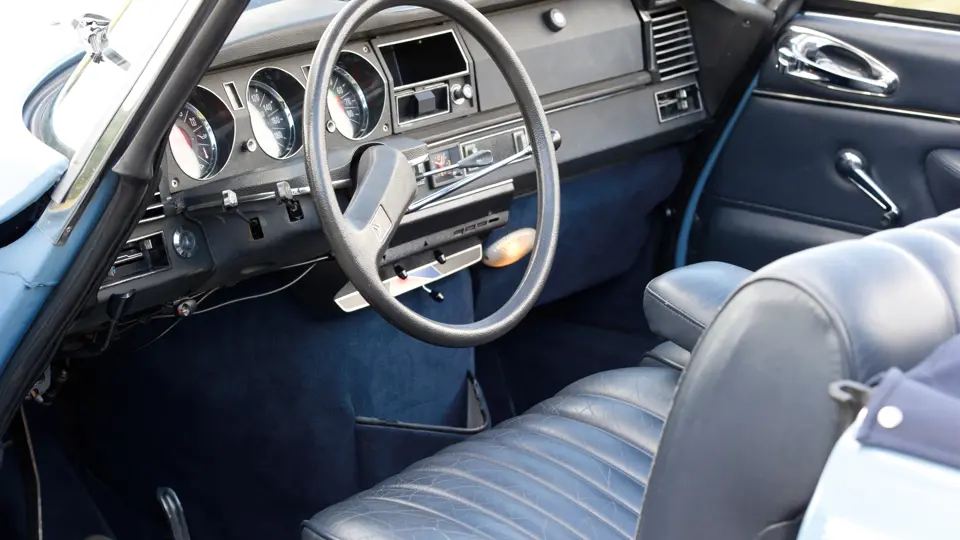

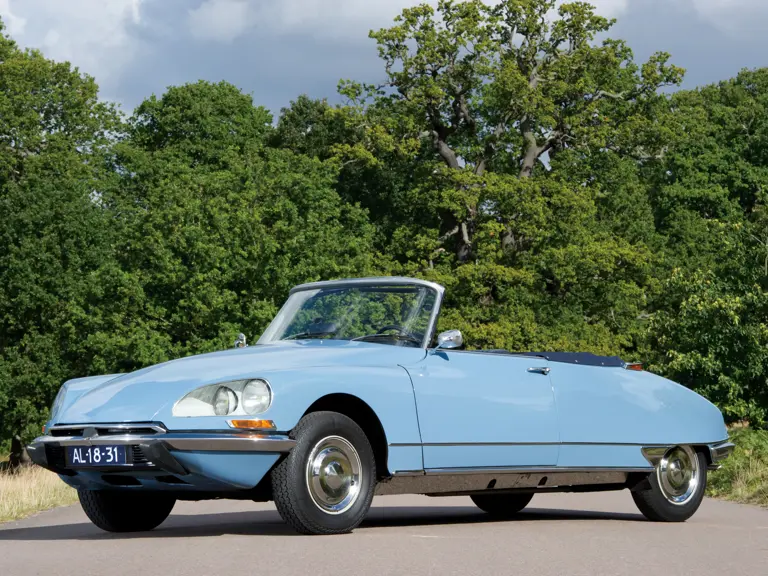

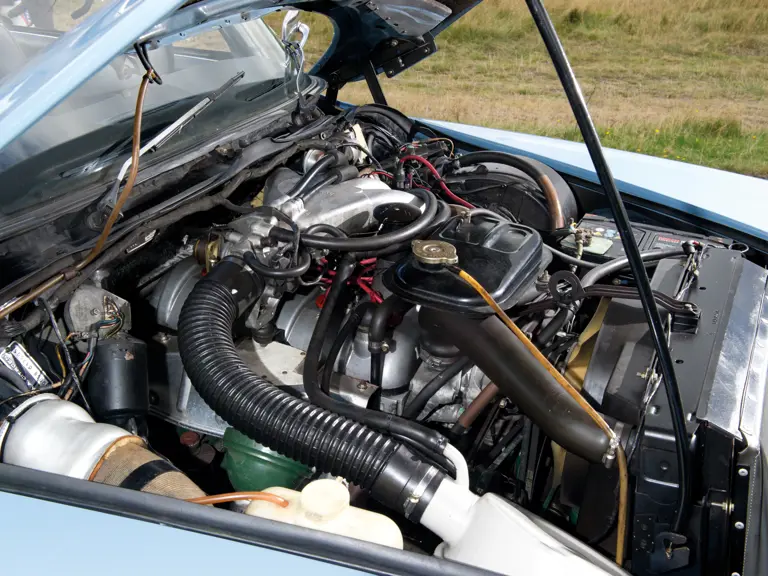
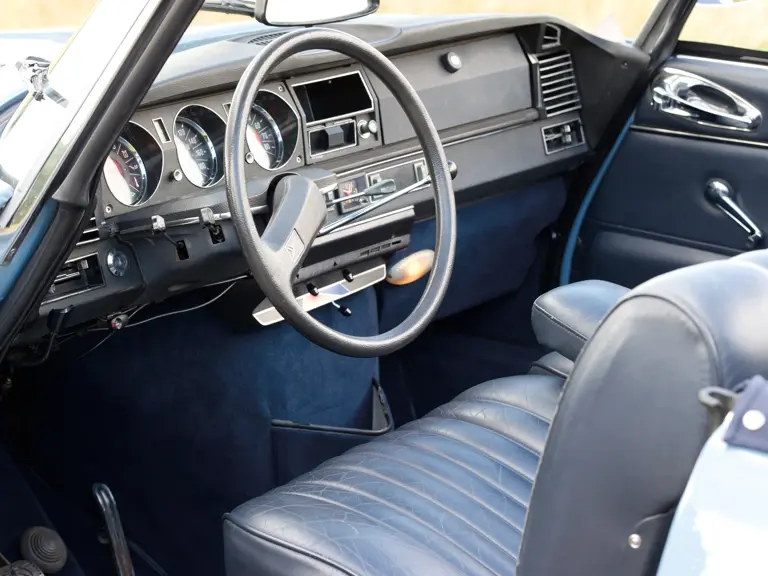
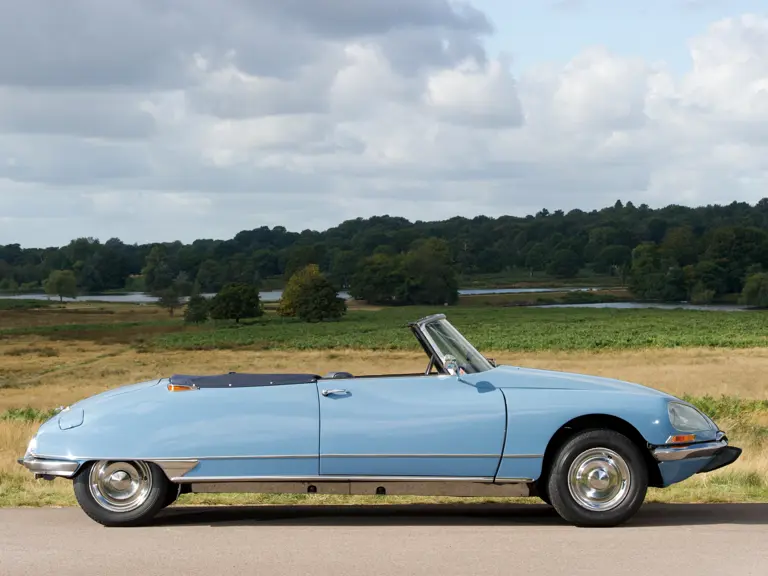

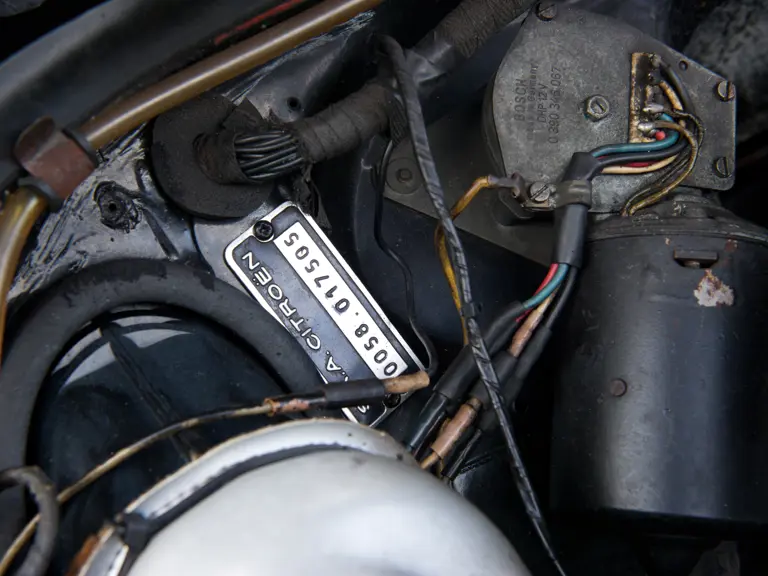
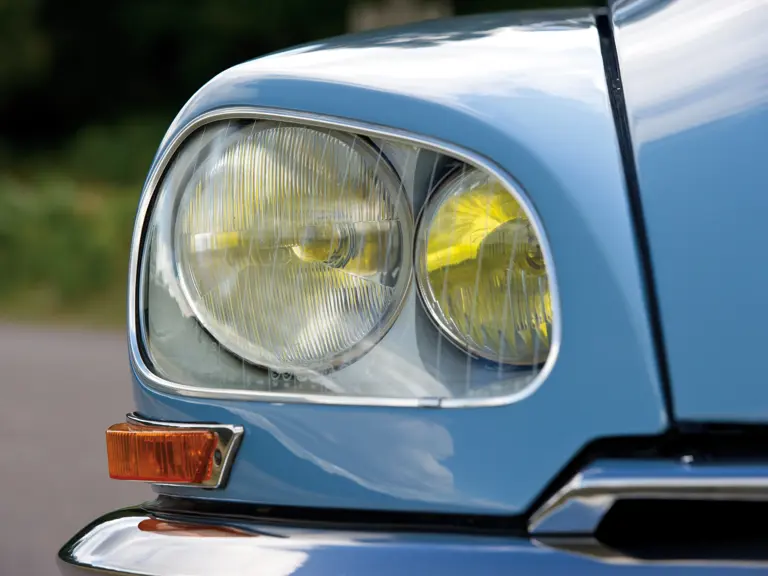
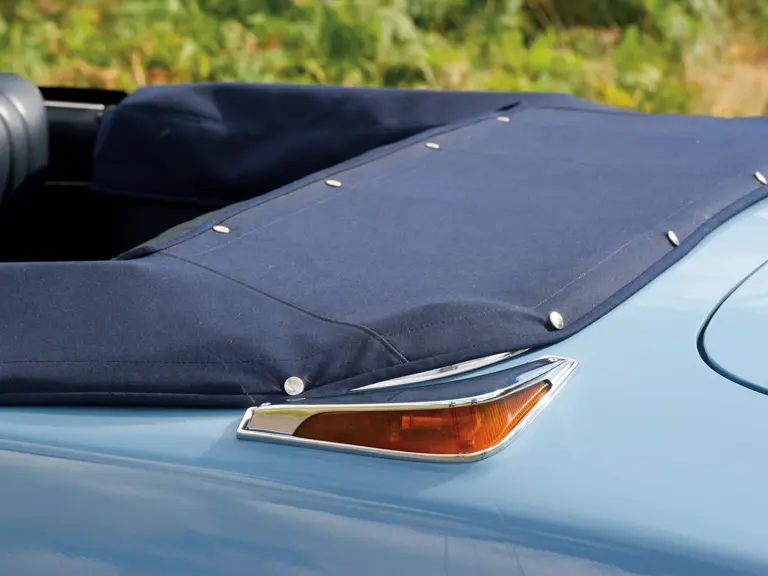
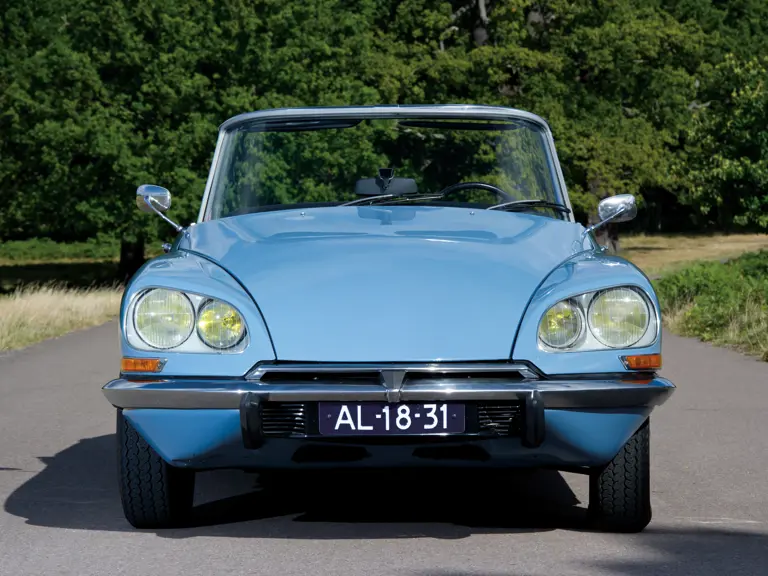
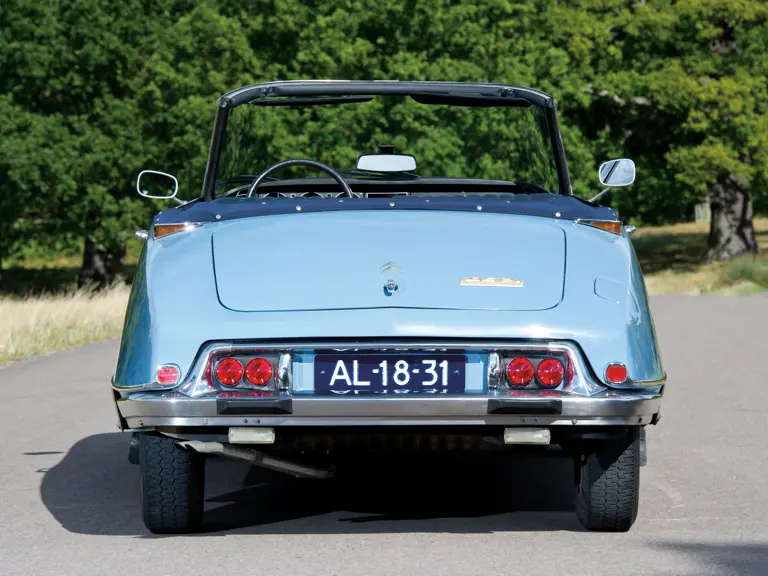
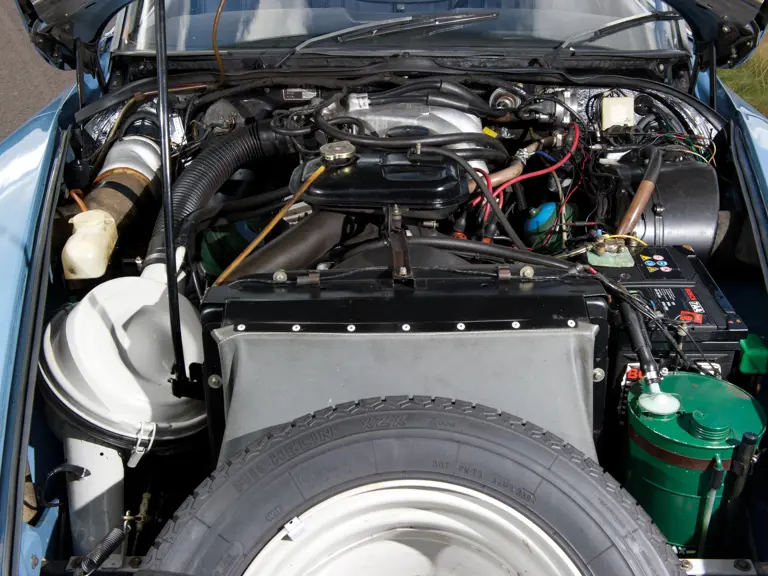
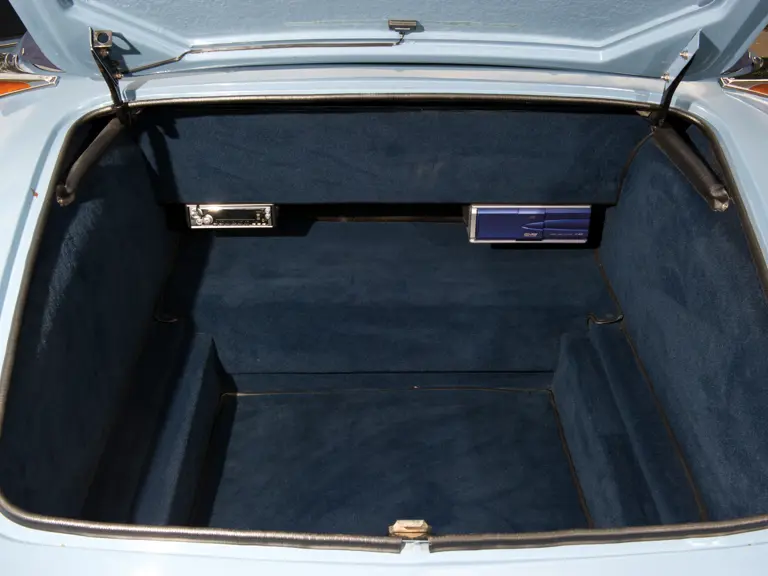
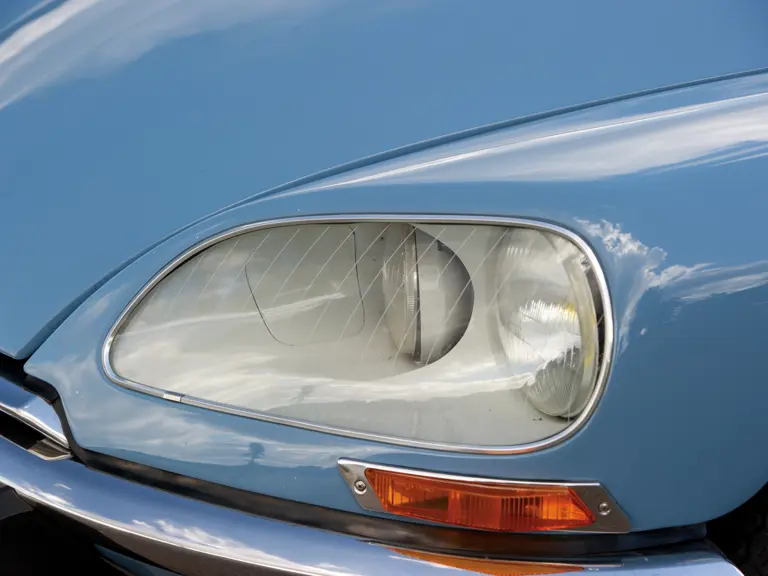
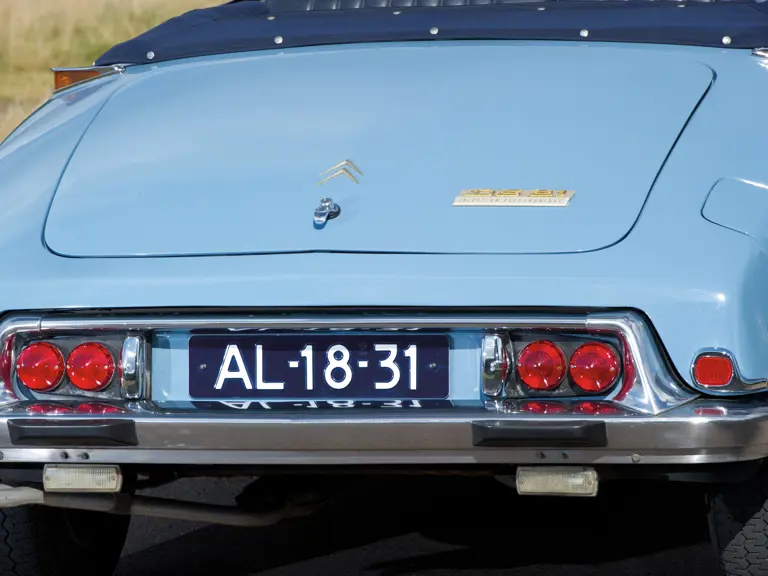
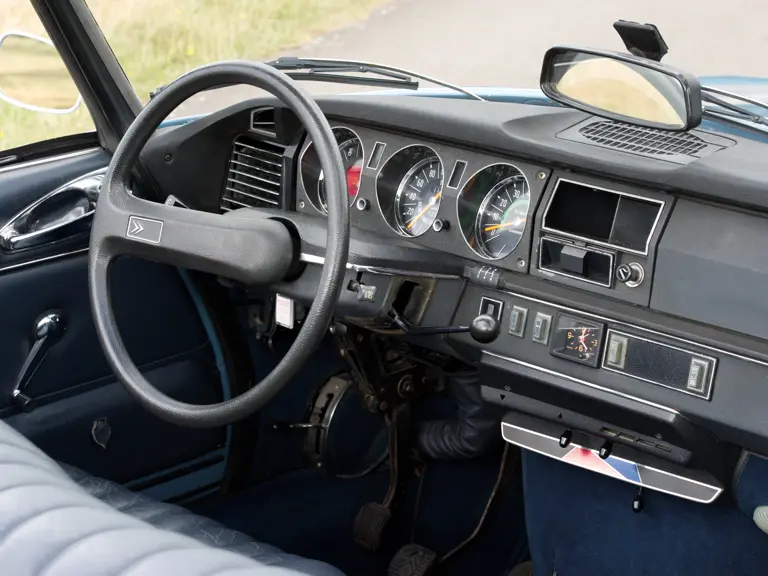
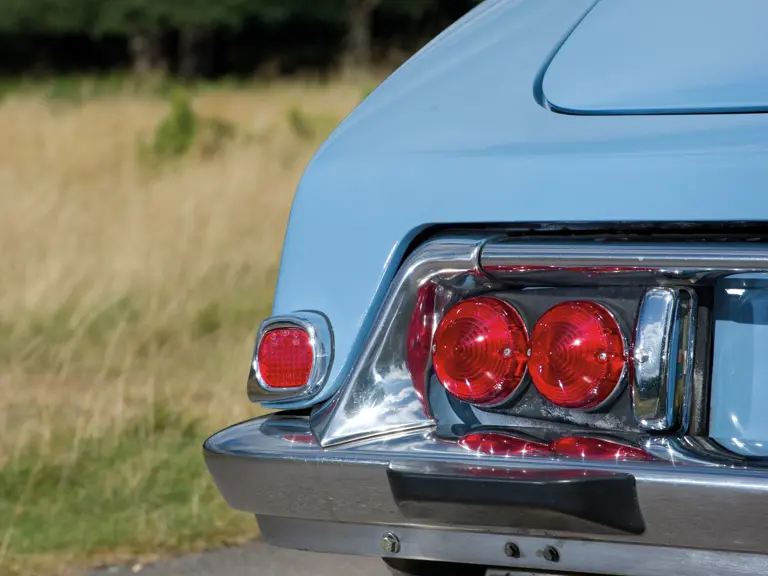
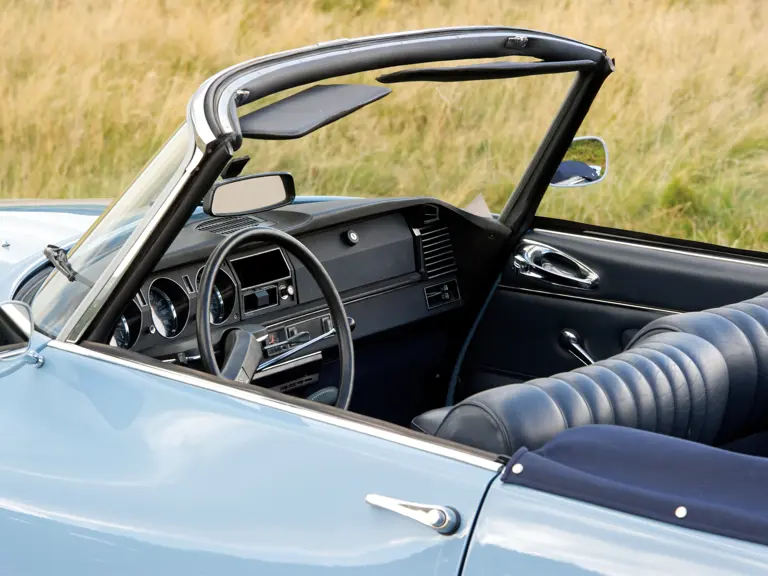
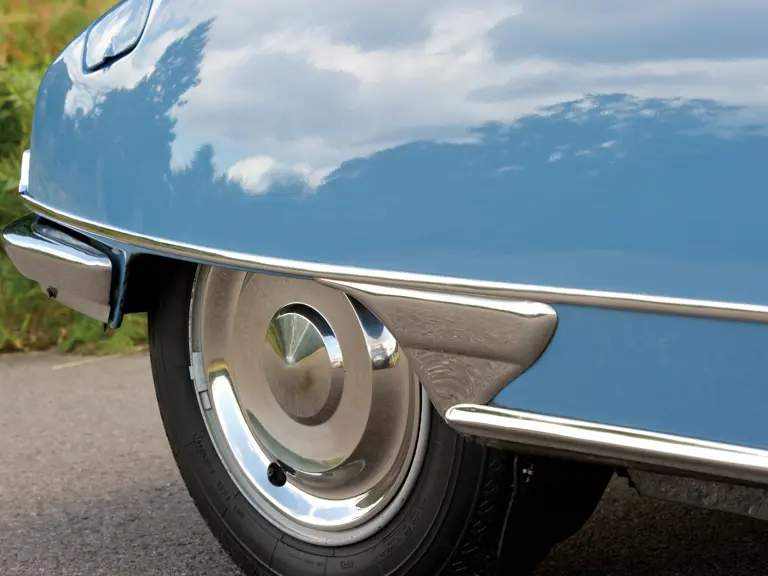
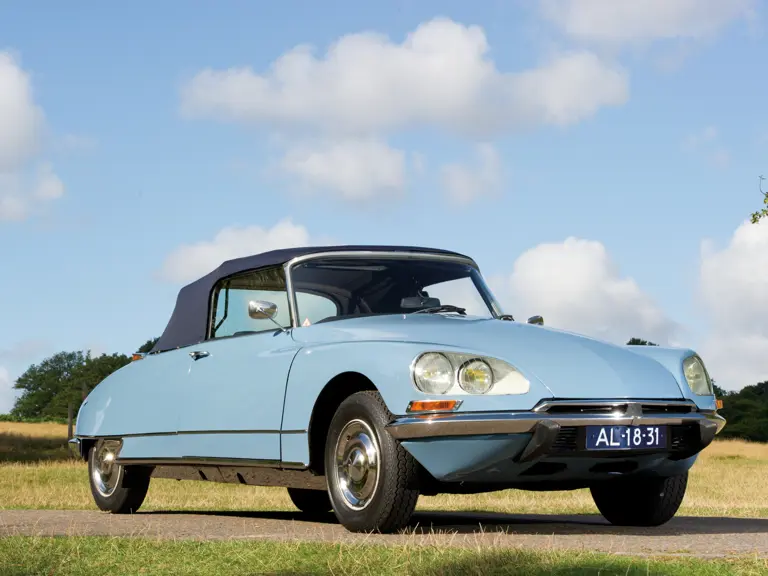
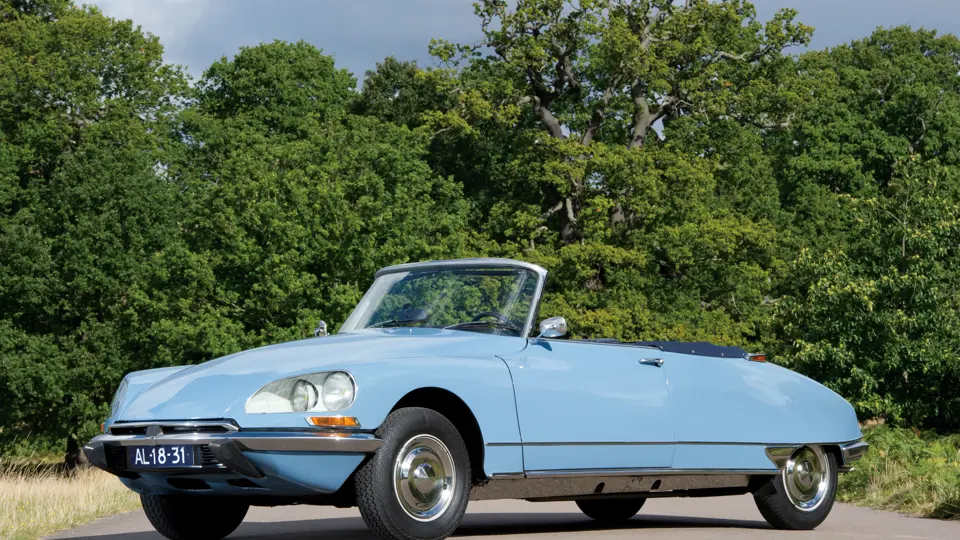
 | London, United Kingdom
| London, United Kingdom
